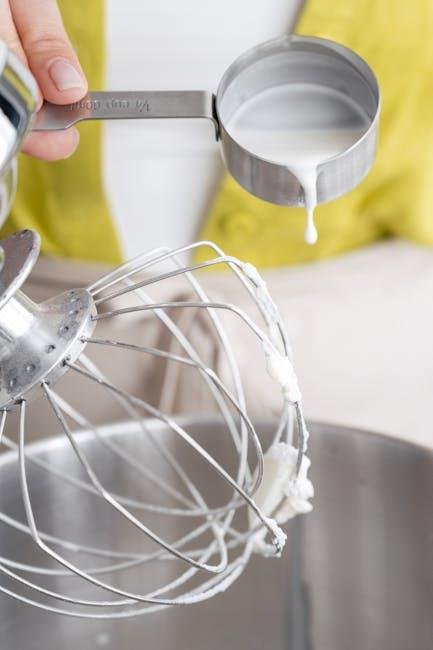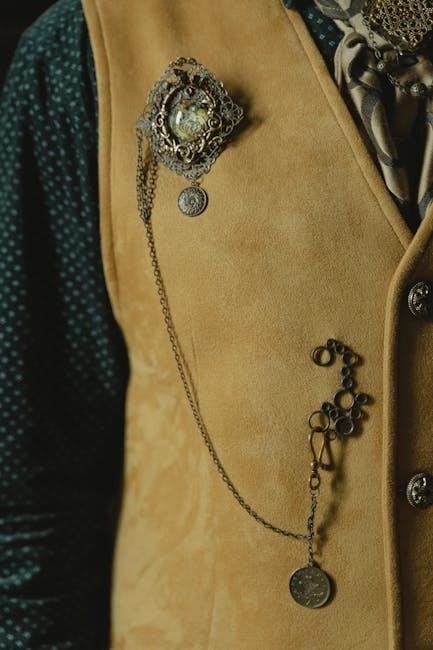When it comes to accessorizing, the age-old debate of whether to mix metals or stick to a single hue often raises eyebrows in fashion circles. Some staunchly advocate for the elegance of matching metals, while others revel in the creativity of a more eclectic approach. From the timeless gleam of gold to the modern cool of silver and the bold statements of rose gold and bronze, the choices can feel as abundant as the styles themselves. In this exploration, we delve into the aesthetics and philosophies behind matching metals in jewellery and fashion, weighing the pros and cons of each approach. So, should you adhere to the age-old adage of coordination or embrace a daring mix-and-match mindset? Join us as we unravel the intricacies of this stylish conundrum and discover how to best express your unique personal flair in a world where rules are often made to be broken.
Exploring the Aesthetic Harmony of Matching Metals
When delving into the world of interior design and personal style, the use of matching metals can create a coherent and polished look. By selecting a unified palette of metals, such as gold, silver, or copper, you can enhance the aesthetic appeal of your space or outfit. The harmonization of metallic elements reinforces a sense of balance and unity, allowing for a seamless flow across various design features. From lighting fixtures to decorative accents, coordinating metals can be a statement of sophistication and intentionality.
However, the beauty of mixing metals should not be overlooked. Incorporating a variety of finishes can lead to unexpected yet beautiful contrasts that evoke depth and character. To achieve this successfully, consider the following when blending your metallic tones:
- Establish a Base: Choose a dominant metal that will serve as a foundation.
- Layer Thoughtfully: Introduce additional metals in accents rather than overloading your design.
- Balance Warm and Cool Tones: Combine high-polished finishes with understated matte textures for added interest.

understanding the Rules and Exceptions of Metal combinations
When pairing metals in your jewelry or decor, it’s essential to consider both aesthetic appeal and the underlying principles that guide these combinations. Each metal possesses distinct characteristics that influence how well they pair together. As a notable example,gold and silver are frequently enough regarded as a classic combination,creating a harmonious contrast that adds depth and elegance to any piece. On the other hand, mixing metals like copper and brass can create a more rustic appearance, perfect for bohemian or vintage styles.However, it’s important to keep in mind the following points:
- Color Temperature: Match cool-toned metals (like silver and platinum) with each other, and warm-toned metals (like gold and copper) to maintain a cohesive look.
- Finish: Consider the finishes; matte metals may clash with high-polished ones, so think about the overall texture.
- Proportions: Using a dominant metal with accents of another can create a balanced look.
Exceptions do exist, and sometimes breaking the rules leads to striking, innovative designs. Mixed metal rings, bracelets, or necklaces offer a chance to showcase your individual style while breaking conventional norms. Adding a pop of different color through metal accents can create a stunning visual impact. Consider the following combinations:
| Main Metal | Accent Metal | Style Suitability |
|---|---|---|
| Gold | Rose Gold | Elegant, Romantic |
| Silver | Bronze | Vintage, Rustic |
| Platinum | Black Rhodium | Modern, Edgy |

Practical Tips for Mixing and Matching in Your Space
Creating a harmonious surroundings doesn’t mean you have to stick to just one metal finish. Actually, mixing metals can add depth and character to your space. Here are some practical ideas to consider when combining your metal elements:
- <strong.Start with a Dominant Metal: Choose one metal finish to be the dominant feature in your space, such as brass or stainless steel. Use this as a baseline for the majority of your fixtures and hardware.
- <strong.Vary the Accents: Introduce secondary metals as accents. A few thoughtfully placed elements in brushed nickel or matte black can create a visually appealing contrast without overwhelming the design.
- <strong.Mix Shapes and Textures: Don’t just mix types of metals; experiment with different shapes and textures.A sleek brushed finish can pair well with a raw, textured metal for a curated look.
When mixing metals, remember that balance is key. It’s essential to maintain a sense of cohesion throughout the space, and complementary color palettes can facilitate this. Consider creating a small reference table to visualize your metal choices:
| Metal Type | Complementary Color | Recommended Pairing |
|---|---|---|
| Brass | Warm Neutrals | Wood Accents |
| Nickel | Crisp Whites | Black Fixtures |
| Copper | Deep Blues | Earthy Tones |

Creating a Cohesive Look with Layered Metallics
Another effective way to blend metallics is through functional accents. By using a mix of metals in items like light fixtures, frames, and hardware, you can unify the space without overwhelming it. Here are some ideas to maintain balance and harmony in your design:
- Choose a dominant metal to ground the look.
- Mix metals in similar tones—warm with warm,cool with cool.
- Introduce a metallic statement piece to serve as a focal point.
Combining different metallic hues not only adds visual interest but can also enhance the character of your home,creating an inviting and stylish environment.
Wrapping Up
In the grand tapestry of design, the question of whether to match metals is akin to choosing between a symphony and a solo performance—each has its merits, and the choice ultimately lies in the intent of the artist. Whether you decide to create a harmonious blend of similar finishes or boldly embrace a palette of contrasting textures, the key is to ensure that your choices resonate with your personal style and the story you wish to tell.
As you navigate the sparkling world of metals, remember that there are no hard and fast rules. Design is an evolving journey, one where experimentation frequently enough leads to the most unique and captivating results. So, whether you opt for the sleek elegance of consistency or the vibrant allure of contrasts, trust your instincts, and let your vision shine. After all, in the realm of aesthetics, the perfect match might just be the one that feels right to you. Happy decorating!
